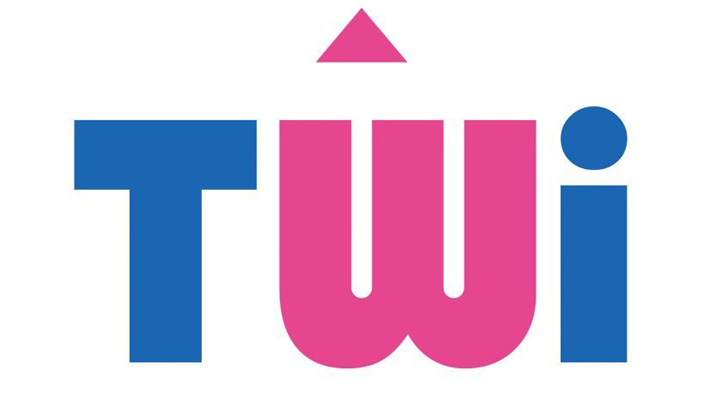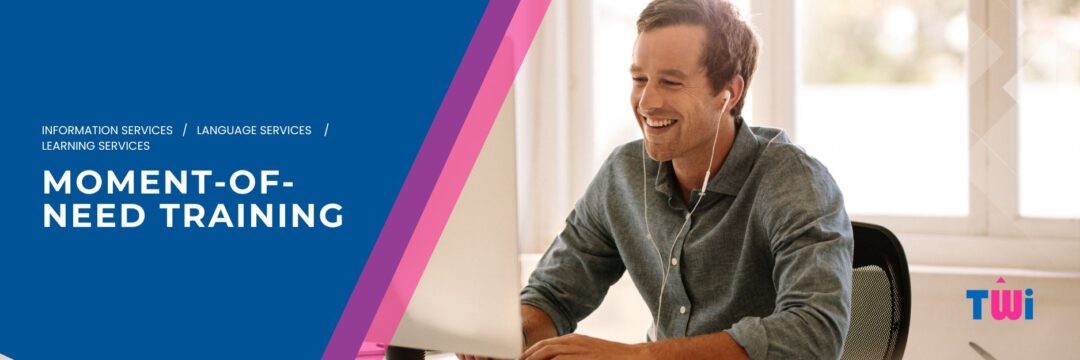INTRODUCTION
A bespoke partnership that delivers moment-of-need training to Swedish employees.
TWi has extensive experience working with SAP technology and has partnered with major global companies over many years in designing, developing, and localizing eLearning content in SAP Enable Now. As a provider of content consulting, information development, instructional design, translation, and localization services, one of our key specialities is delivering training and user adoption projects.
It was with this proven specialisation in mind that we were approached by a global engineering group to pitch for a particularly challenging project. They were looking to partner with an eLearning development and localization specialist with expertise in SAP technology to implement a replacement enterprise resource planning (ERP) platform for the group’s Mining and Construction Logistics (SMCL) division. TWi has over a decade of experience as a direct key content development partner for SAP; however, it was our end-to-end service offering, from instructional design to content development to localization proved the deciding factor in the client’s choice.
The programme to implement SAP S/4HANA was launched in January 2021. Our brief was to provide English and Swedish-speaking end users with role-based learning experiences, while making sure the training focused on high-impact information that supported learning in the moment of need, for all employees all over the world, regardless of their mother tongue.
THE CHALLENGE
To provide the same role-based moment-of-need learning experiences for all language users.
The client’s ultimate goal was to devise and implement a programme of role-based learning experiences for the company’s entire global workforce, covering all language needs. However, the project’s initial phase focused on two languages, English and Swedish. The aim was to create a successful methodology that could be applied to other languages in the future. In devising this methodology, the priority was to ensure that translated content was fully localized to the country in question and provided the same learning experience for all language users. An additional challenge for the client was the fact that the company did not have licences for SAP Translation Hub. This necessitated finding an alternative translation workflow to meet the same objectives as SAP’s technology. TWI’s input was vital in devising a bespoke workflow that combined translation memory technology with localization expertise. The overall aim was to minimise cost, maximise efficiency, meet completion deadlines, and deliver a full in-context review in SEN Enable Now to ensure all elements were displayed correctly in both languages before ‘go-live’.
THE ACTION
The custom translation workflow methodology was successfully trialled and launched to enhance moment-of-need training.
The TWi team, in partnership with the client’s in-house market experts, devised a five-step process that encompassed file preparation, terminology, translation, engineering, and review.
The content files were first exported from SEN Enable Now as xlf files. This enabled them to be prepared for translation in SDL Studio, which facilitated a speedier and more efficient translation process. To guarantee consistent use of terminology, we created a list of key English terms and then consulted with our translation team to find the best option for each term. The client’s native-speaking market experts lent their unique personal experience to approve our final suggestions as fit for purpose. Translations were completed in SDL Studio by our team of linguists. The translated content was then edited and proofread to ensure correct use of approved terminology, and consistency, as well as to check other important elements such as meaning, style, and glossary adherence. These processes were carried out in line with ISO 17100, ensuring the finished files complied fully with the highest industry standard for quality assurance.
Next, the files were imported back into SEN Enable Now. This allowed our localization engineers to complete initial checks and correct any obvious general design issues. Each individual screen was then reviewed in context to ascertain that localized content was displayed correctly and to make any necessary linguistic adjustments. Finally, the TWi team completed an engineering report and a regression review to confirm all changes had been correctly implemented
THE IMPACT
Successful completion of the English and Swedish methodologies sets the benchmark for moment-of-need training in other languages.
The client’s brief was to develop a bespoke methodology for producing translated eLearning content that delivered the same role-based experience for all language speakers. TWi was brought into the project for our extensive experience in working with SAP technology, backed by strong localization expertise.
We were able to demonstrate our mastery of SEN Enable Now by developing a workflow that sets a benchmark for rolling out the programme to cover other languages in the future, thus extending the same eLearning opportunities to all language users all over the world.
We met the following objectives:
- Develop and implement approved local market terminology.
- Combine translation memory technology and localization expertise to maximise reuse, minimise costs, and ensure timely completion.
- Adjust screen elements within SEN Enable Now to ensure correct placement/positioning and fix any spacing/layout issues.
- Collate findings in a report for localization implementation in SEN Enable Now.
- Carry out the final linguistic review in SEN Enable Now to ensure all screen elements are displaying correctly in context
KEY FIGURES
Languages:
- Swedish
Volumes:
- 230,040 per language
- 230,040 words in total
Services:
- Human translation supported by translation memory technology
- Language quality assessment (LQA)
- Linguistic engineering
- In-context review
Click HERE to learn how we can help your business develop effective multi-lingual moment-of-need training.

